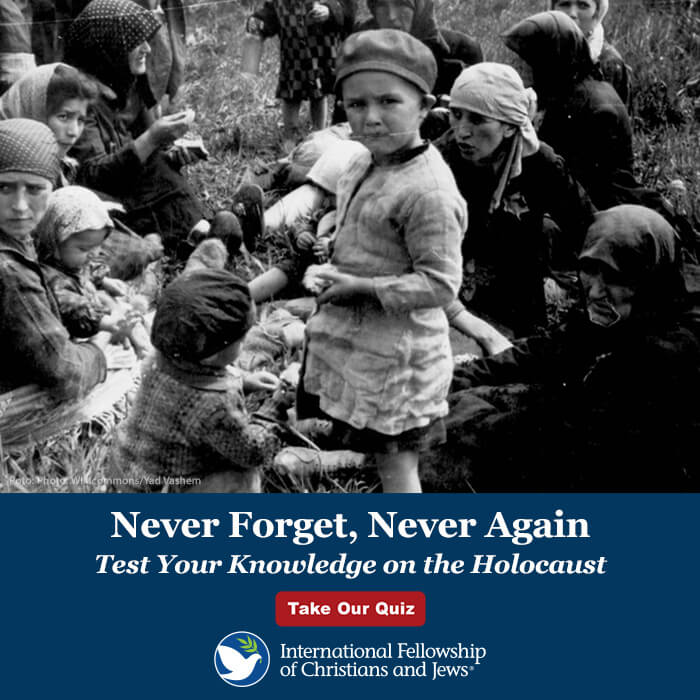A Quiet Movement
Despite such grim reality, a movement grows—largely under the radar—that has the potential for a cultural shift. Like the awakening of a sleeping giant, the church is becoming more intentional about what’s being called the “adoption mandate,” which translates into a commitment to caring for the fatherless. James 1:27 states, “Pure and undefiled religion in the sight of our God and Father is this: to visit orphans and widows in their distress, and to keep oneself unstained by the world” (NASB).
The world’s largest Pentecostal denomination, the Assemblies of God, is one example of the church’s growing response. The denomination, taking a strategic approach, aims to build a task force through the church to alleviate the need. In 2012, an extensive national survey of AG congregations revealed that 68 percent of church attendees and almost half of pastors surveyed are willing to participate in orphan care in some way.
“The church has hundreds of thousands of people sitting in pews wanting to do something,” says Glenn Garvin, vice president of national camps for Royal Family Kids, a year-round program for foster kids developed by the AG. “They just don’t know how.”
But some places have sprung up to provide the church with roadmaps. FaithBridge Foster Care in Atlanta is one such organization. Its “Community of Care” model, developed in partnership with the AG, invites volunteers within a church body to come alongside families serving foster children in the system. This support model provides respite and support to families that often feel overwhelmed by the bureaucracy and demands of the system and provides them with a type of extended family, thus enlarging their capacity to make a quality difference in the lives of the children under their care.
Christian Alliance for Orphans, led by Jedd Medefind, is another organization seeking to grow the impact of the local church’s commitment to caring for the fatherless and equipping Christians for an effective response.
“God is the father to the fatherless,” Medefind says. “But God expresses His love through us. … As a Christian community, we must take special care of those children who are deprived of a normal family environment, deprived of parents who are not there for them anymore for different reasons. We must take care of them with our love and attention.”
A Visible Gospel
More than a social safety net, the adoption mandate makes the gospel visible.
“This is a spiritual trauma as clearly as emotional trauma,” says Joanne Feldmeth, vice president of Royal Family Kids’ national clubs and mentors. “The church has always been called to do this job.”
That’s because the orphan represents a broken parent-child relationship, not unlike our separation from God as a result of sin. The restoration of that relationship, which faith in Jesus Christ offers, is clearly called “adoption” in Scripture (Rom. 8:14-16).
“Nothing has been more profound in pulling back the invisible veil than adoption,” says Steven Curtis Chapman, top Dove Award recording artist who with his wife, Mary Beth, already had three biological children when they adopted three daughters from China. After their first daughter, Shaohannah, joined their family in 2000, he says it was like an epiphany hit him.
“[It showed] the reality that this is what God has done for us—this is as tangible as it gets,” he says. “Here’s a little girl who had no hope, no future, no name—and in a moment, she’s our child, she’s got our hope, she’s got our name.
“For fathers, we are entrusted with this incredible gift of revealing—as we trust God in our struggling, bumbling way—who God the Father is. We have a great responsibility with that. … We are called and invited to reveal [God] to our children and the world.”
Jamie Cannalte agrees, saying, “When all the world sees from the church is what we stand against, this is an amazing opportunity for the world to see love flowing out of us.”
An Opportune Bridge
Yet without the moorings a permanent family offers, children often drift into dangerous waters where they are easily exploited. According to a Fox News report, the majority of victims snagged into sex trafficking in the U.S. are foster kids or runaways between the ages of 13 and 16. In many cases, nobody even notices they go missing.
It’s a danger the Cannaltes know all too well. About 10 years ago, while living near the Mexican border in Texas, a stranger tried to kidnap one of the Cannalte girls from her own front porch. Just as the stranger was trying to lure the 6-year-old into his car, someone opened the front door of the house and the man sped off.
“He would have been in Mexico [with her] in minutes,” Maureen says with a shudder.
Thankfully, as most adoption agencies offer pre- and post-adoption support, the Cannaltes received counseling and play therapy from their agency to deal with the trauma of the event. Yet there were certainly other times when, feeling overwhelmed as a new mom, Maureen says she reached out to churches for help but nobody responded.
“That was one of the roughest points in my motherhood,” she says.
But better days may be ahead, as public and private nonprofit agencies have begun, more and more, to link arms with faith-based organizations that want to provide practical volunteer support for the foster and adoptive communities. With increased needs and decreased funding, it’s time for all hands on deck, and there’s something everybody can do, from fundraising and diaper drives to mentoring and respite care.
“The need has far outgrown the capacity,” Mooney says. “What is emerging as meeting a need is wraparound services—you wrap the church around the need.”
In the U.S. alone, more than 400,000 children flood the foster system, according to the U.S. Department of Health and Human Services. While adoption is now more acceptable and open than it once was, only 52,000 children were adopted in 2012, partly because adoptive parents are less equipped or less willing to take in sibling groups, older kids and those with special medical or emotional needs. The average child stays in foster care for more than three years, and half live in three or more homes during that time, waiting to be reunited with their families.
“What every foster kid knows when you walk in the door is that you’re leaving,” Feldmeth says of the challenge.
“The nature of foster care is temporary,” echoes David Jordan, executive director of Agape Child and Family Services in Memphis, Tenn. “But over a long period of time, you are in temporary status. The child thinks, ‘I don’t have a place that’s home. Who is going to walk me down the aisle?'”
Even the label foster kid is problematic, Jordan says, as it carries the stigma of a troubled youth.
“When you say, ‘I’m a child in foster care,’ it’s a place in life. Singling them out [as a social class] identifies them as though there’s something wrong with them,” he says. “The child feels at fault because he is the one removed from the home.”
According to Mooney, the traditional approach to foster care is focused on the child, but the modern approach is ministry to the birth family as well—so that if the child returns home, they don’t run into the same mistakes.
“We need to redeem the family for the sake of the child,” he says.
And creating an intentional support system through the church can make all the difference in a positive outcome for all involved.








Leave a Comment
You must be logged in to post a comment.